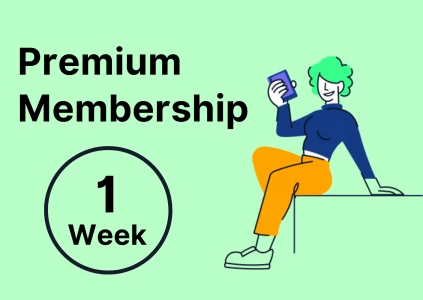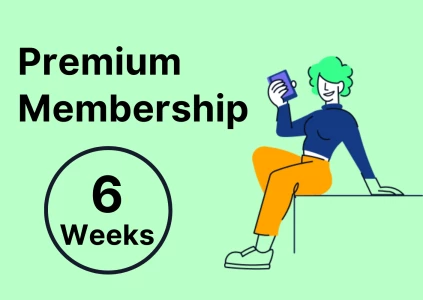In one of my interviews, I need to make a client presentation from various data sources. I have 30 minutes to prepare and 30 minutes to present. How do I maximise my time. What are interviewers looking for? Can I get away with focusing on just one recommendation? Any tips will be appreciated. Also, how can I practice for this kind of an interview?
(edited)




